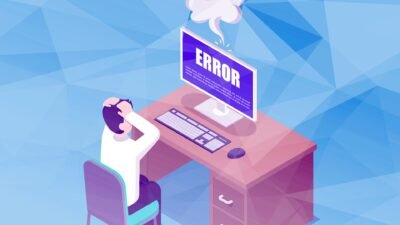Unlocking Revenue Predictions: Mastering Sales Pipeline Forecasting Models

In the complex and dynamic realm of sales, possessing the ability to accurately anticipate future revenue is nothing short of a superpower. Sales pipeline forecasting models are the crystal balls of the business world, offering invaluable insights that pave the way for robust strategic planning, risk management, and decision-making. In an ever-evolving market, understanding and mastering these models is no longer just an advantage; it’s a fundamental necessity for business survival and prosperity.
The Science Behind Sales Pipeline Forecasting
At its core, sales pipeline forecasting is the art and science of analyzing your sales pipeline to predict the revenue your business will generate in a specific timeframe. These forecasts consider various elements from different stages of the sales process, including the number of deals in the pipeline, the stages those deals are in, historical conversion rates, and average deal sizes, among others. The objective? To provide businesses with a realistic outlook on upcoming sales, thereby informing resource allocation, performance strategies, and growth initiatives.
Diving Into Popular Sales Pipeline Forecasting Models
Opportunity Stage Forecasting
This model takes a systematic approach by assigning probabilities to deals based on their current positions in the sales pipeline. For example, an initial presentation or first-time consultation might have a 50% chance of closing, while a verbal agreement or signed letter of intent might stand at an 80% chance.
The forecast is derived by multiplying the total potential revenue by the probability percentage of each stage. The efficacy of this model rests heavily on a deep understanding of your sales cycle and an accurate historical conversion rate across the different stages.
Intuitive Forecasting
Often referred to as the “gut feeling” method, intuitive forecasting leans on the experience and intuition of sales professionals rather than hard data. Seasoned salespeople, familiar with the nuances of customer behavior and market trends, make predictions on which deals are likely to close and their potential value.
While this method can be incredibly fast and efficient, especially in the hands of an experienced team, it carries risks due to its subjective nature and susceptibility to cognitive biases.
Historical Forecasting
As the adage goes, history often repeats itself, and this model is grounded in that concept. Historical forecasting involves analyzing data from past sales cycles and applying it to predict future outcomes.
This model assumes that what transpired in the past provides insight into what will happen in the future, accounting for factors such as seasonality and market growth. However, its accuracy diminishes during times of market disruption or internal organizational changes that deviate from historical norms.
Multivariable Forecasting
Multivariable forecasting is a sophisticated model that considers numerous factors simultaneously. This might include the specific stage of the opportunity, the engagement level of the prospect, the historical performance of the sales representative handling the deal, and external market factors. This model often relies on advanced CRM systems or AI-driven analytics tools that can process vast amounts of data to produce accurate forecasts.
Choosing the Right Model
The forecasting model that will best suit your business depends on several factors, including your industry, the maturity of your sales process, and the quality of the data you can access. For newer companies without much historical data, intuitive or opportunity stage forecasting might be most appropriate. In contrast, more established companies with rich sales data might find multivariable or historical forecasting more accurate.
The Transformative Impact of Accurate Sales Forecasting
Mastering these models provides more than just sales predictions; it offers a strategic advantage. Accurate forecasts drive critical business decisions, supporting proactive rather than reactive strategies. They allow organizations to allocate resources efficiently, identify and address potential pipeline bottlenecks promptly, and seize market opportunities at the optimal moment.
Conclusion
In the fast-paced world of sales, forecasting is the compass that guides the ship. No single model is the magic bullet, but a deep understanding of the various sales pipeline forecasting models available can empower businesses to select or customize the approach that aligns seamlessly with their unique needs and market realities.
The ultimate goal is to unlock precise, reliable forecasts that serve as the foundation for strategic planning, ensuring sustained growth, competitiveness, and profitability in an unpredictable business landscape. After all, in the intricate dance of sales, the ability to confidently predict your future steps is nothing short of a competitive superpower.
Alexia is the author at Research Snipers covering all technology news including Google, Apple, Android, Xiaomi, Huawei, Samsung News, and More.









